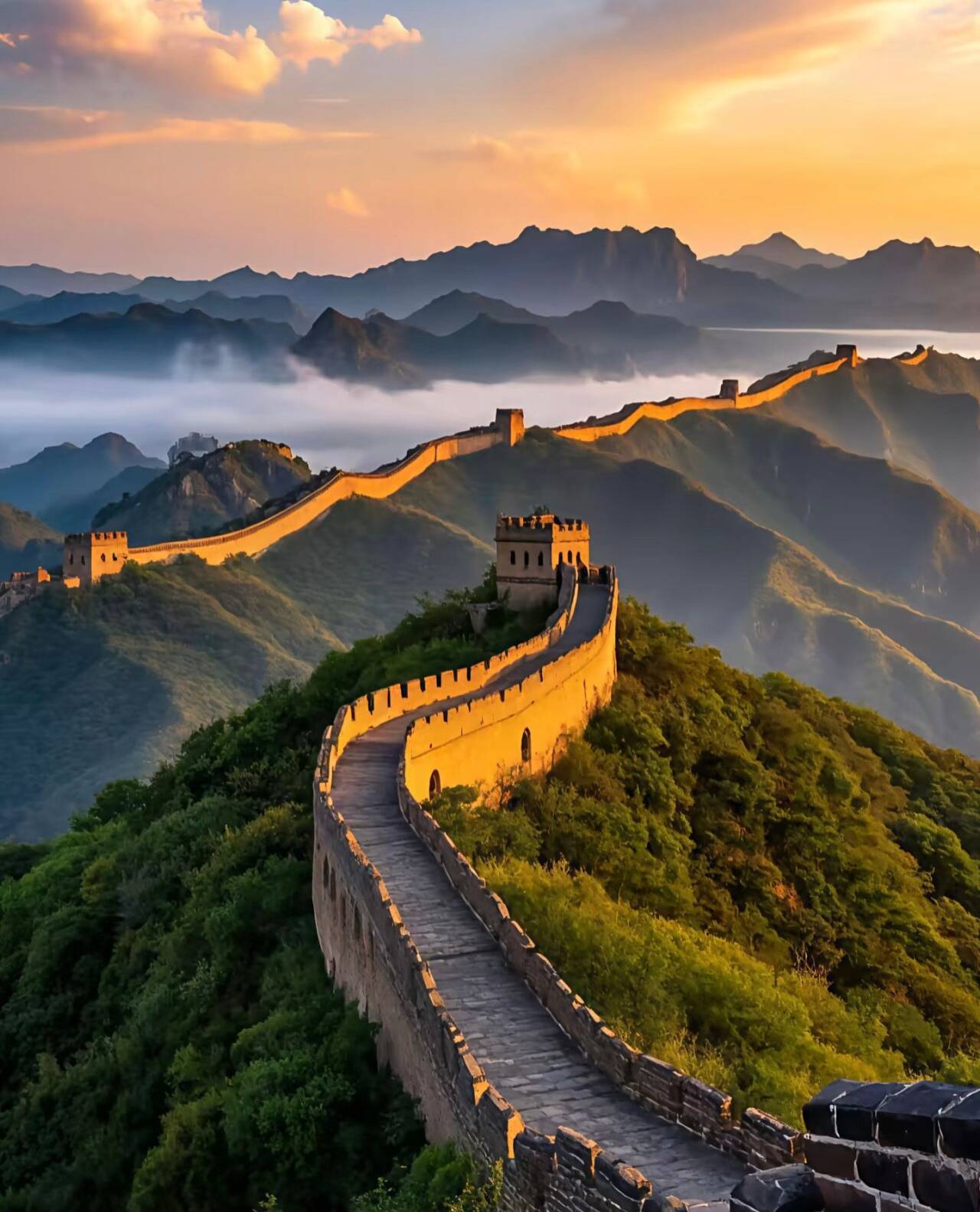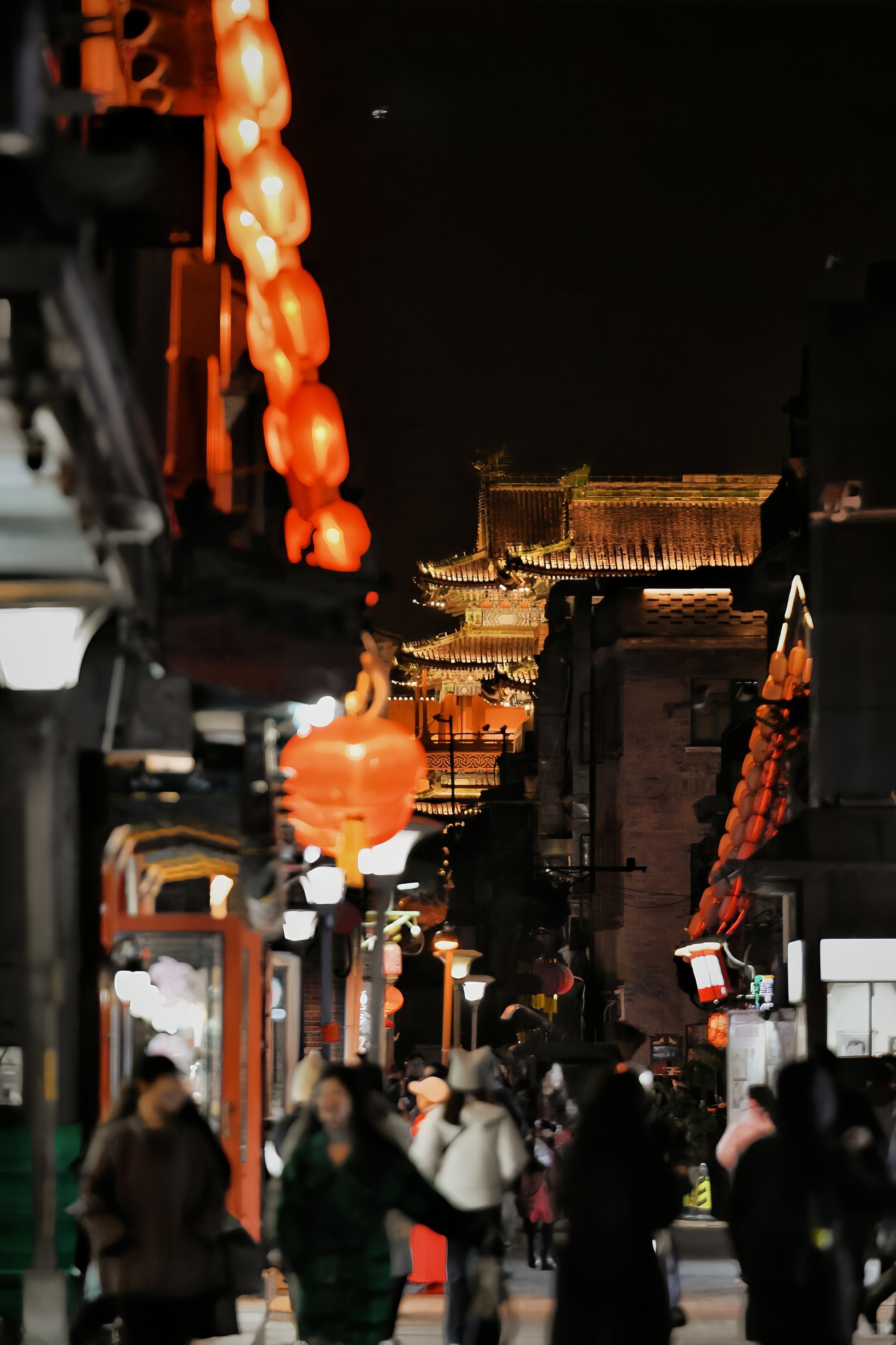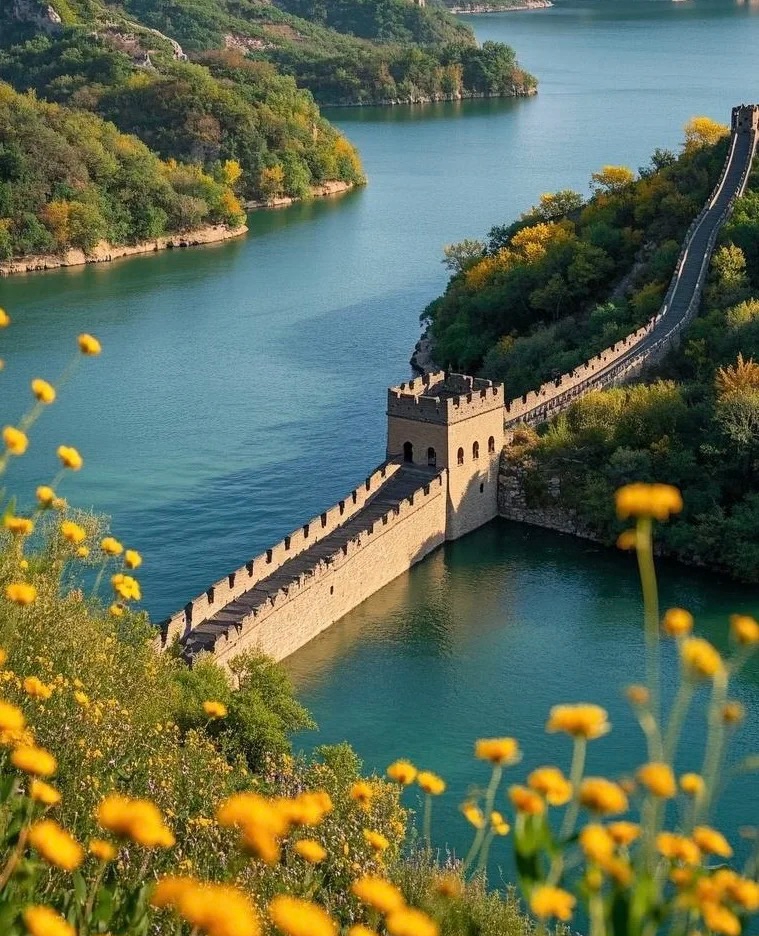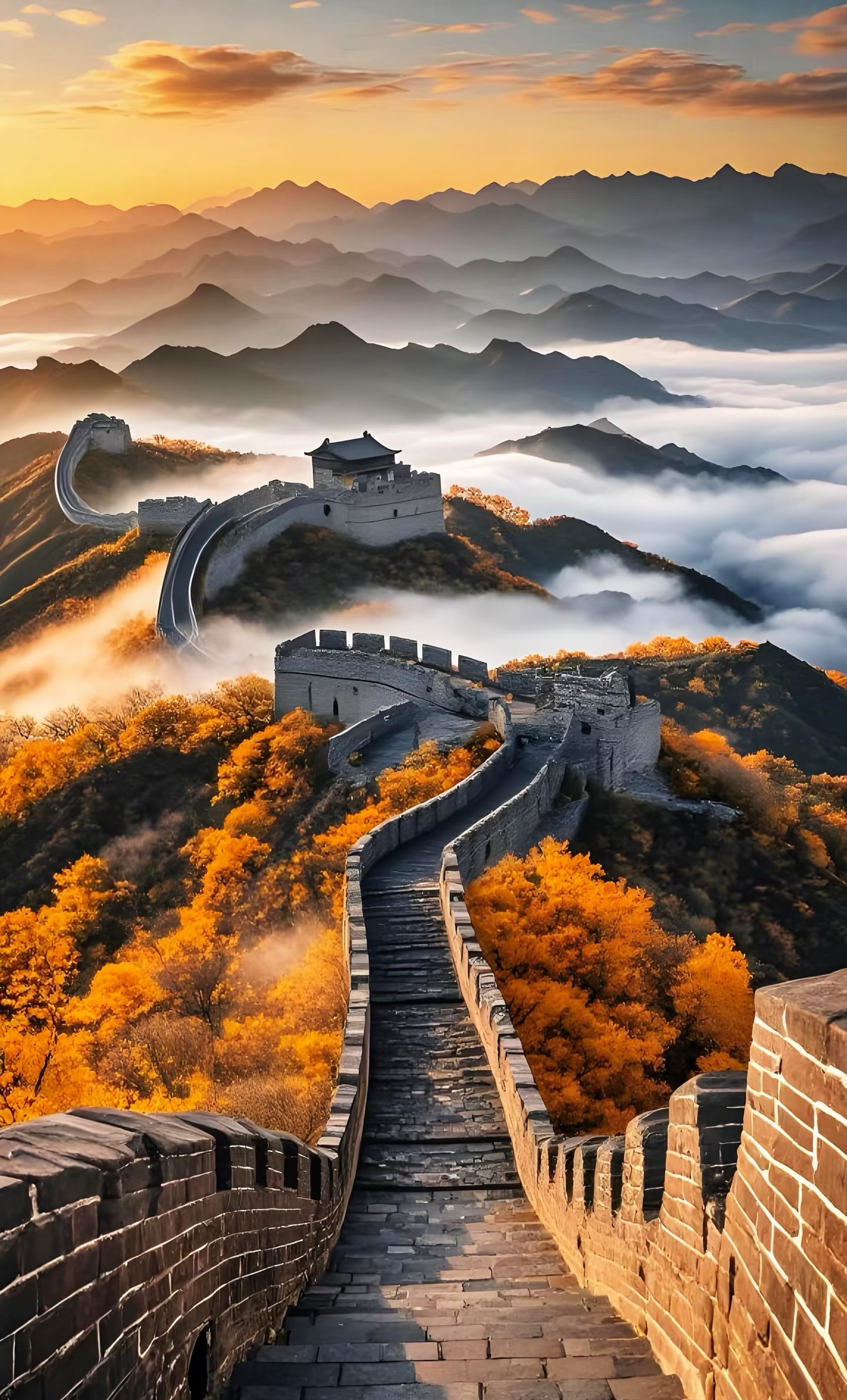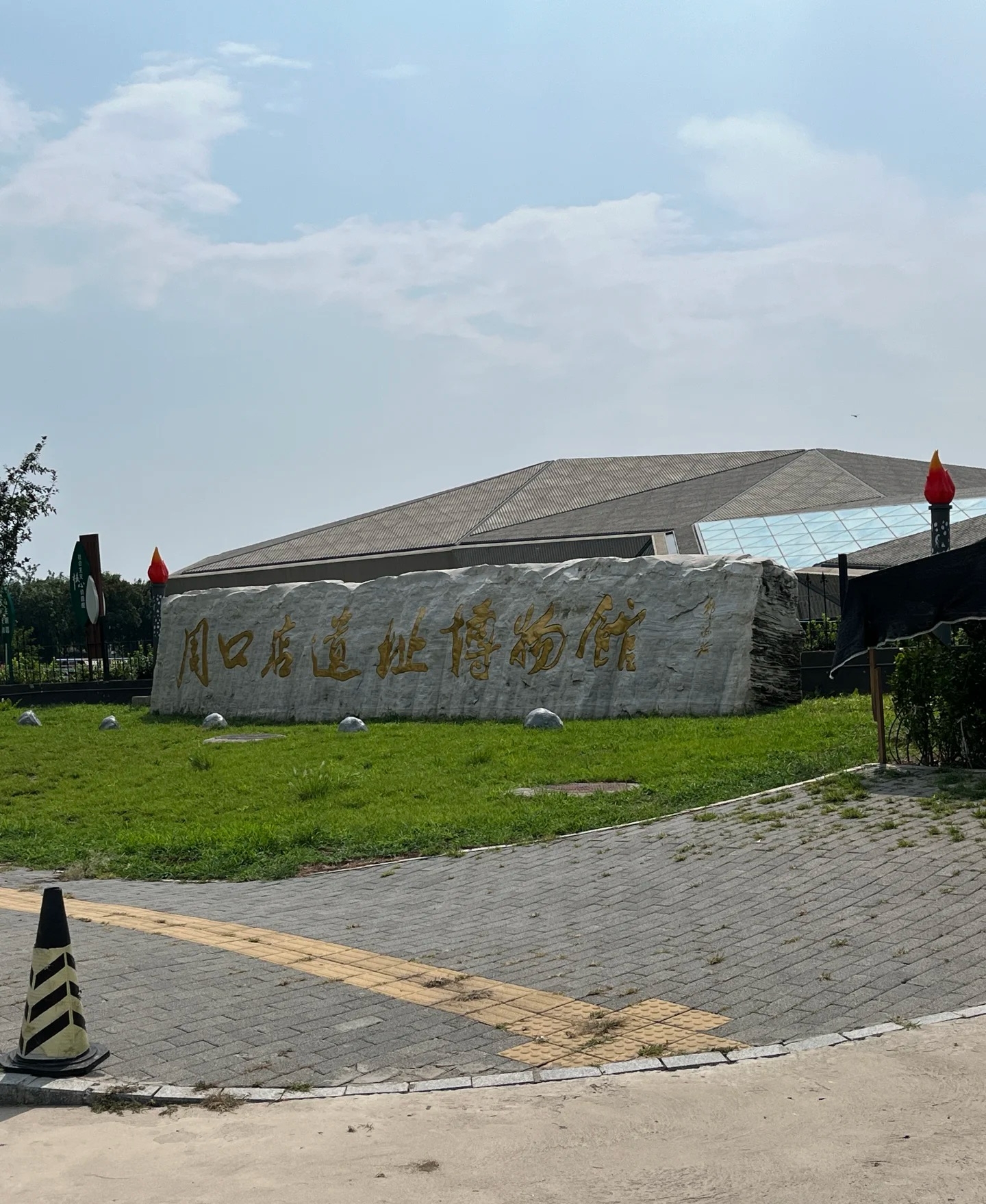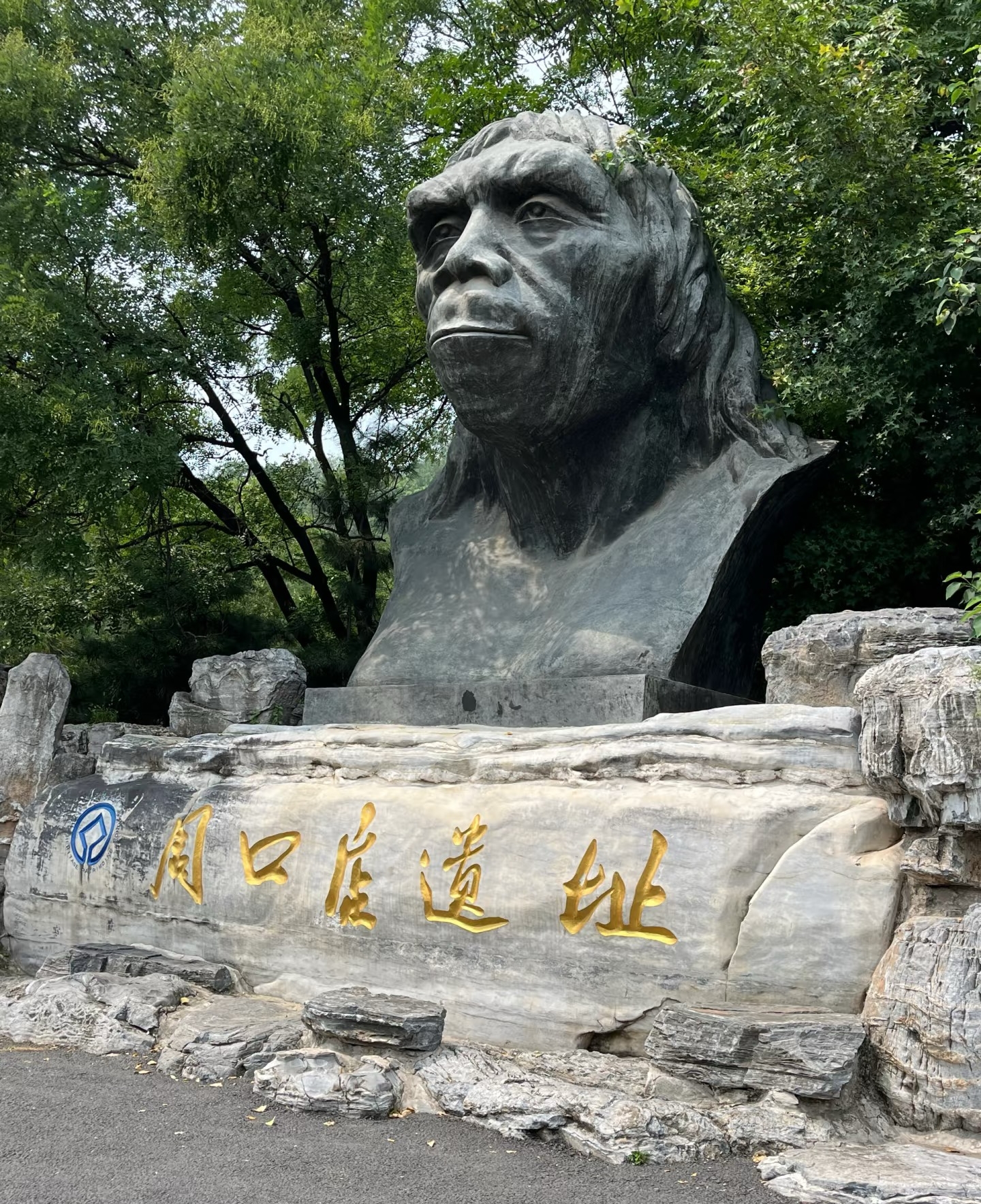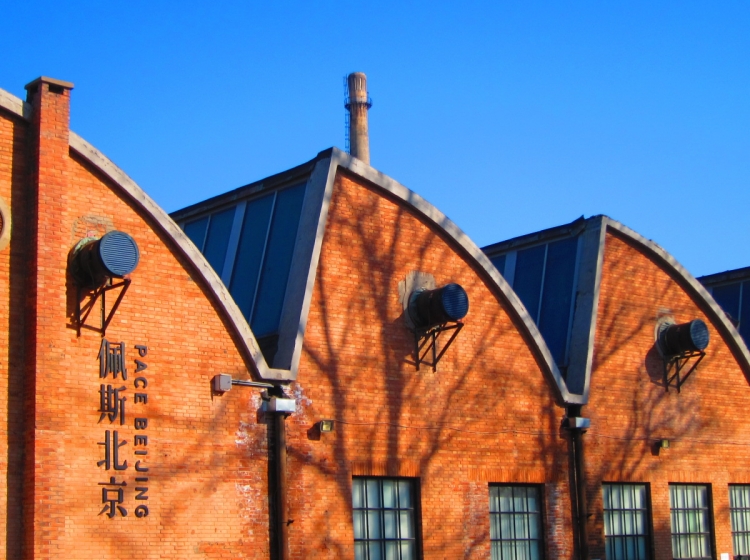

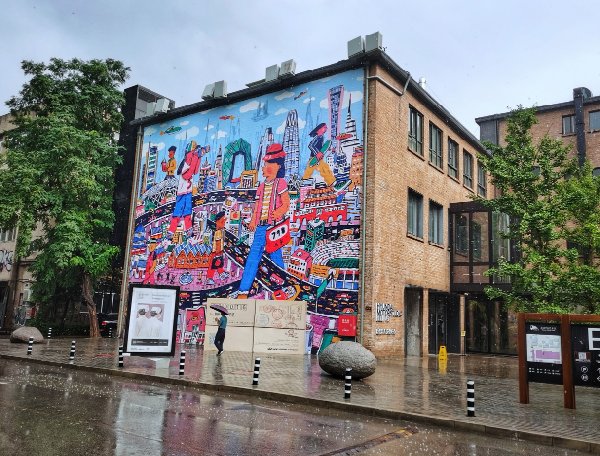
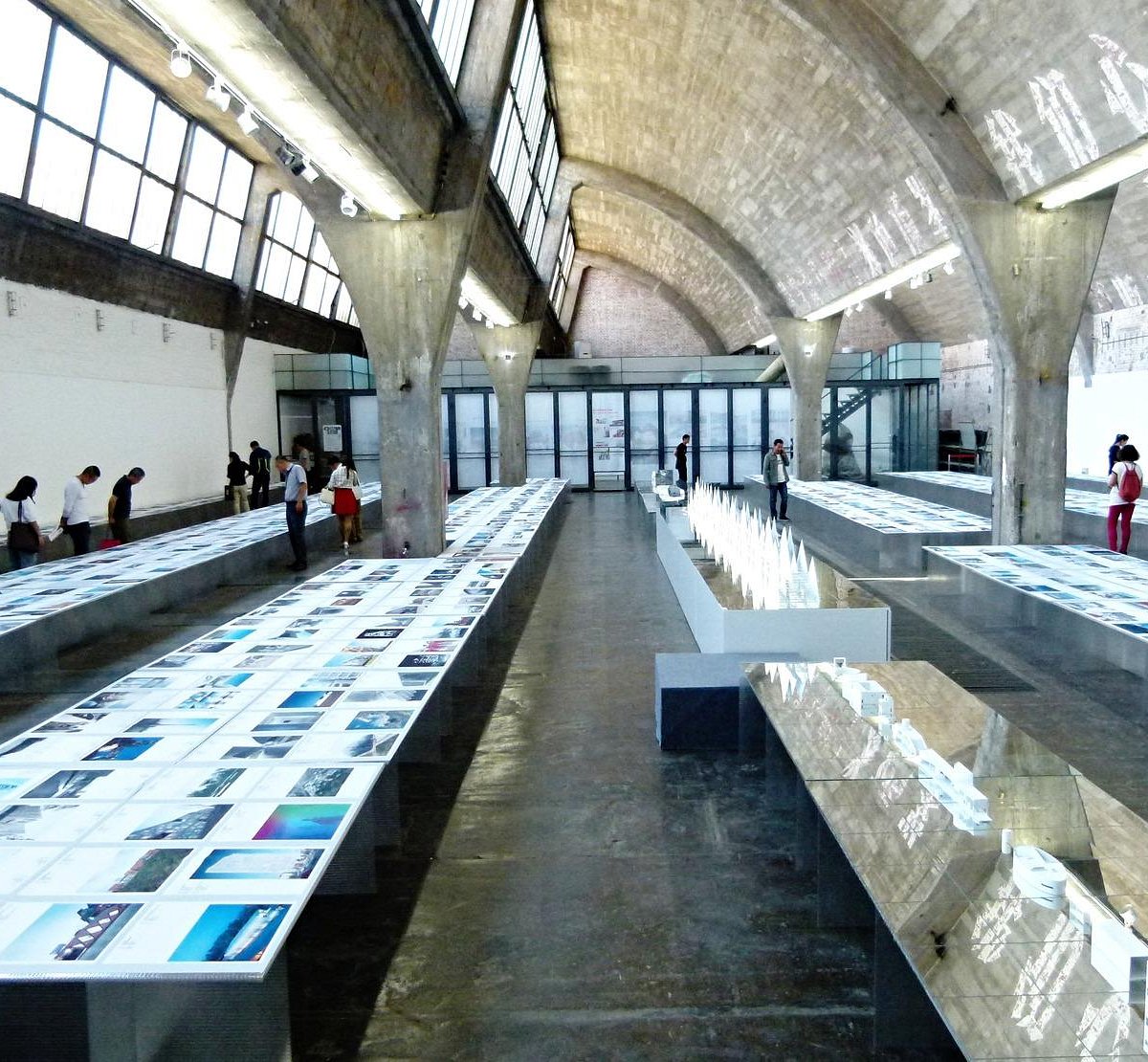
798 Art District
798 Art District is one of Beijing's art sacred places, known for its unique industrial architectural style and diverse art exhibitions.
Information
Ticket price
Time
Location
2 Jiuxianqiao Rd, Chaoyang District, Beijing, China
View maps
More about the trip
798 Art District: Beijing's Creative Hub
The 798 Art District, also known as Dashanzi Art District, is a vibrant and trendy area in Beijing that has transformed former military factory buildings into a thriving hub for contemporary art, culture, and lifestyle. It's a must-visit for art enthusiasts, photographers, and anyone looking for a unique urban experience.
What to See and Do
Art Galleries and Studios: Explore numerous art galleries showcasing a wide range of contemporary Chinese and international art, from painting and sculpture to photography and installation art. Many artists have their studios here, and you might even catch them at work.
Unique Architecture: The district retains its original Bauhaus-style factory buildings from the 1950s, characterized by their red brick walls, high ceilings, and industrial aesthetic. This unique backdrop provides a striking contrast to the modern art displayed within.
Boutique Shops and Cafes: Interspersed among the galleries are stylish cafes, independent bookstores, design shops, and trendy boutiques selling unique fashion, home decor, and art-related merchandise. It's a great place to relax, grab a coffee, and soak in the artistic atmosphere.
Street Art and Sculptures: The outdoor spaces are adorned with colorful street art, murals, and large-scale sculptures, making the entire district an open-air art exhibition. It's a paradise for photographers looking for interesting backdrops.
Cultural Events: The 798 Art District frequently hosts art exhibitions, cultural festivals, fashion shows, and live performances. Check local listings for events during your visit.
Best Time to Visit
Weekdays are generally less crowded than weekends. The district is best explored during the day to fully appreciate the art and architecture. Some galleries might close early, so it's advisable to check their opening hours.
How to Get There
The 798 Art District is located in the Chaoyang District. You can take Metro Line 14 to Wangjing South Station (Exit B1) and then take a short taxi ride or walk for about 20-30 minutes. Alternatively, several bus routes (e.g., 401, 402, 405, 909, 955, 988, 991) stop directly at Dashanzi Lukou or Dashanzi Gongyequ.
Travel Tips
Wear comfortable shoes: You'll be doing a lot of walking as you explore the various alleys and buildings.
Be open to discovery: Many smaller, independent galleries are tucked away in unexpected corners, so be prepared to wander and discover hidden gems.

